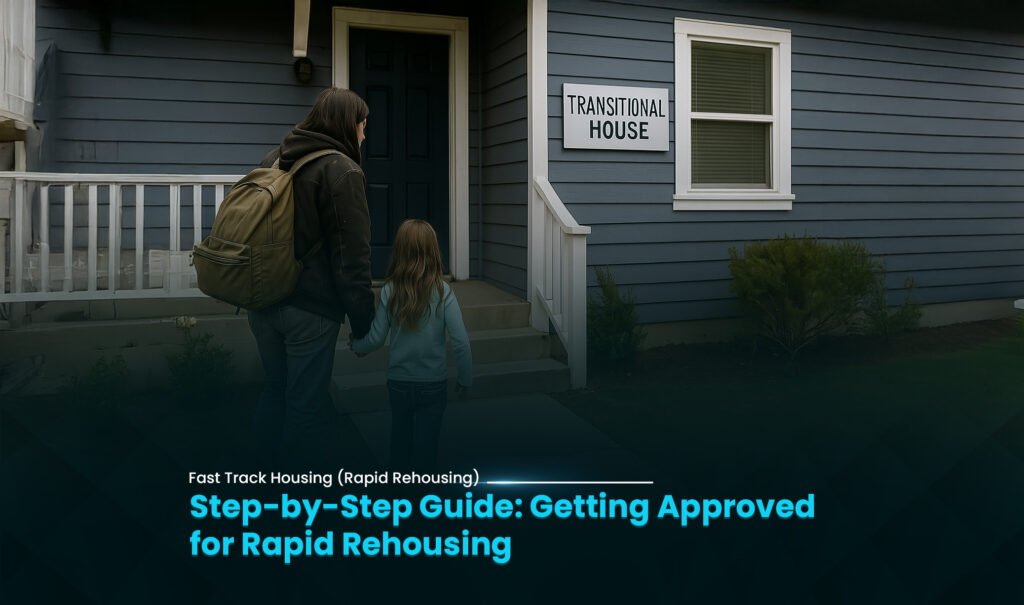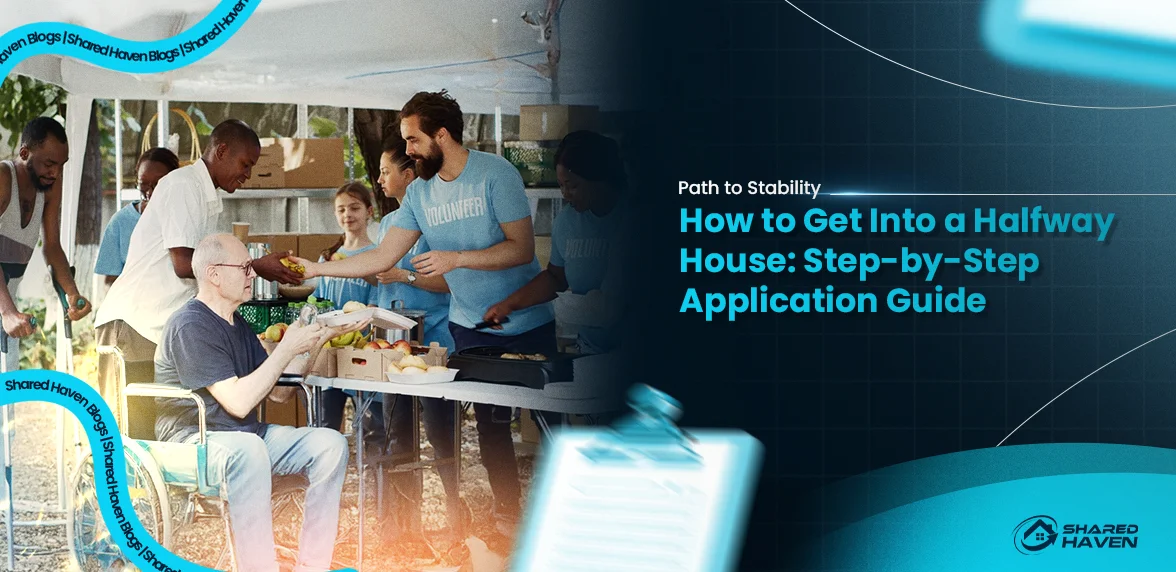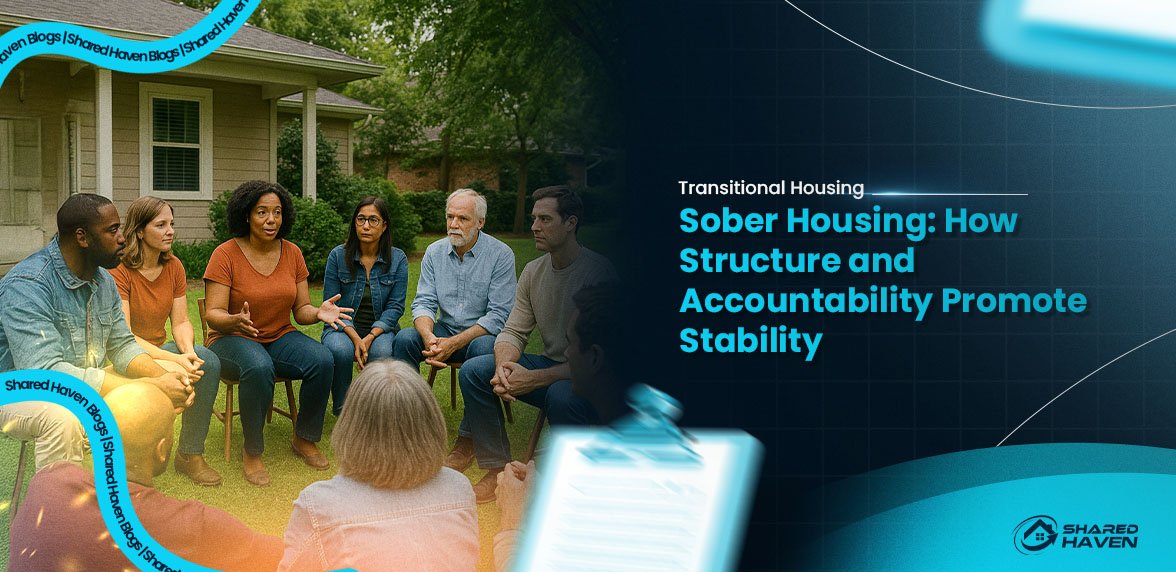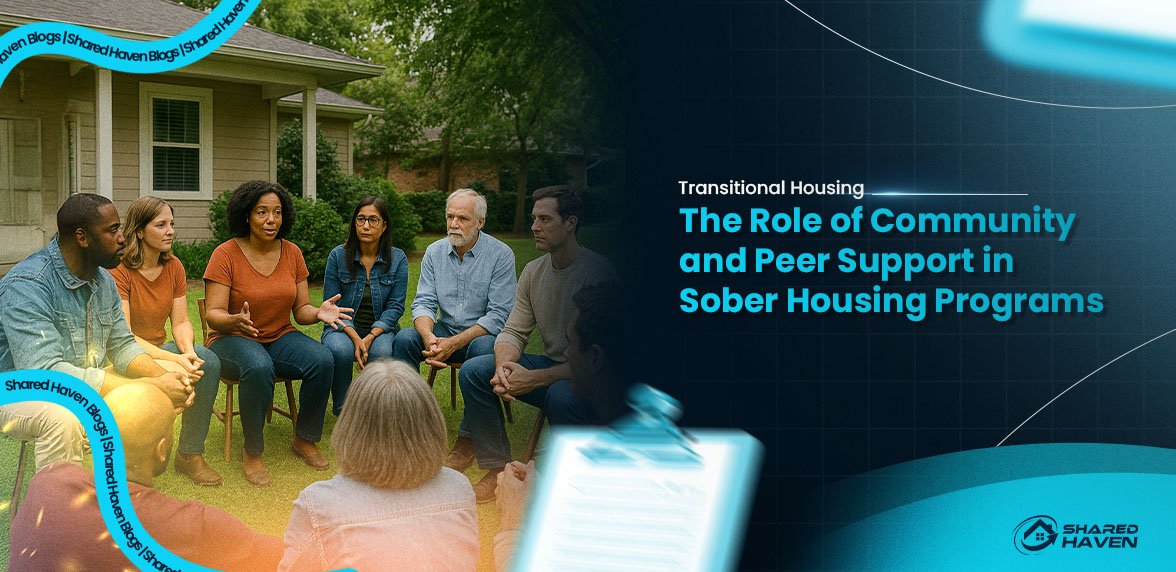Rapid Rehousing: Your Guide to Eligibility and Application
Experiencing homelessness, consequently, is incredibly challenging. Finding a stable place to live, furthermore, becomes an urgent priority. Rapid Rehousing, moreover, offers a swift and effective solution. It, additionally, moves people into permanent homes quickly. However, the process can, therefore, seem confusing. Many individuals, consequently, wonder: “How do I apply for Rapid Rehousing in my city or state?” This blog provides a clear guide. You will, furthermore, understand the steps involved. You will, moreover, learn how to access this vital program.
Understanding Rapid Rehousing
Rapid Rehousing is an intervention. It, furthermore, helps individuals and families. They are, moreover, experiencing homelessness. It moves them quickly into permanent housing. It, additionally, also provides time-limited rental assistance. Crucially, it offers tailored supportive services. These services, furthermore, address individual needs. The core principle is clear. Stable housing, consequently, is the foundation for everything else. Once housed, people can then effectively address other life challenges.
Step 1: Connect with Your Local Coordinated Entry System (CES)
Your journey to Rapid Rehousing, furthermore, begins here. Most communities across the U.S. use a Coordinated Entry System (CES). This is not, furthermore, a single office. Instead, it is a streamlined process. furthermore it, helps people access homeless services. It, consequently, ensures fairness. It, moreover, prioritizes those with the greatest need. This system, consequently, prevents endless searches. It, furthermore, reduces duplication of effort.
How to Find Your Local CES
Accessing the CES, furthermore, varies slightly by location. However, common methods, consequently, exist.
Dial 2-1-1: This is a nationwide helpline. It, furthermore, connects you to local health and human services. Operators can, consequently, direct you to the CES. They will, furthermore, provide contact information. They might, additionally, even schedule an initial assessment.
Visit a Local Homeless Outreach Centre. Many cities have dedicated outreach teams that actively engage with individuals experiencing homelessness. These teams can connect you directly to the Coordinated Entry System (CES) and often offer walk-in hours for immediate support.
Contact a Local Shelter: Emergency shelters, moreover, are often part of the CES network. Shelter staff can, consequently, conduct initial assessments. They can, furthermore, also make direct referrals.
Reach Out to Community Service Agencies: Food banks, day shelters, and social service organizations, furthermore, often have connections. They can, consequently, guide you to the correct entry point.
Step 2: Complete the CES Assessment
Once you connect with the CES, an assessment will follow. This is not, furthermore, an interview for a specific program. Instead, it is a comprehensive evaluation. It, furthermore, determines your needs. It, moreover, assesses your eligibility for various housing programs.
What the Assessment Covers
The assessment will, consequently, gather vital information. It, furthermore, covers your housing history. It will, moreover, ask about your current living situation. This, consequently, determines if you meet the definition of “literal homelessness.” It will, furthermore, inquire about your income sources. It will, additionally, ask about employment history. Mental health conditions will, moreover, be discussed. Substance use issues might, furthermore, also be explored. Any physical disabilities will, consequently, be noted. The assessment aims to understand your unique circumstances. It, furthermore, helps identify your specific barriers to housing.
Understanding “Literal Homelessness” for Rapid Rehousing
To qualify for Rapid Rehousing, you must meet the definition of “literal homelessness.” This means you lack a fixed, regular, and adequate nighttime residence. This, furthermore, includes living in:
A public or private place not meant for human habitation (e.g., streets, cars, abandoned buildings).
An emergency shelter.
Transitional housing for homeless persons.
Fleeing domestic violence with nowhere safe to go.
Documentation of this status is, consequently, often required. This can, furthermore, come from outreach workers. It might, alternatively, be provided by shelter staff. Sometimes, self-certification is, however, accepted.
Step 3: Prioritization and the By-Name List
Demand for Rapid Rehousing often exceeds availability. Therefore, communities, consequently, prioritize applicants. This, furthermore, ensures those with the greatest need receive help first. Prioritization criteria can, however, vary. However, common factors, consequently, include:
Vulnerability and Acuity Scores
Many communities, furthermore, use standardized tools. These, moreover, measure how vulnerable you are. They, additionally, assess the severity of your needs. Those with higher scores, consequently, receive priority. This might, for example, include individuals with disabling conditions. It, furthermore, covers those with long histories of homelessness.
Length of Homelessness
Individuals experiencing chronic homelessness, consequently, are often prioritized. This means continuous homelessness for a year or more. It can, furthermore, also mean four or more episodes of homelessness. Each episode, moreover, must total at least 12 months in the last three years.
Specific Populations
Some Rapid Rehousing programs, moreover, target specific groups. This, for example, includes veterans. It, furthermore, covers families with children. It, additionally, also includes survivors of domestic violence. Youth aging out of foster care are, furthermore, often a focus.
After your assessment, you will, consequently, likely be placed on a “By-Name List” (BNL). This list, furthermore, helps track individuals experiencing homelessness. It, additionally, also helps prioritize them for housing resources. When a Rapid Rehousing program has an opening, they, consequently, select from this list.
Step 4: Referral to a Rapid Rehousing Program
Based on your assessment and prioritization, you may, consequently, receive a referral. This directs you to a specific Rapid Rehousing program. Programs, however, have limited slots. Wait times, furthermore, can vary.
What Happens After Referral
Once referred, the specific Rapid Rehousing program will contact you. You will then, consequently, undergo their intake process. This, furthermore, typically involves more detailed paperwork. You will, moreover, meet your assigned case manager. They will, consequently, conduct their own assessment. This, furthermore, helps them tailor services to your needs. Together, you will, additionally, develop a personalized service plan. This plan, consequently, outlines your goals. It, furthermore, details the support you will receive.
Step 5: Gather Essential Documentation for Rapid Rehousing
The application process, consequently, requires certain documents. Having these ready can, therefore, speed things up.
Photo Identification: A state ID, driver’s license, or passport.
Social Security Card: For all household members.
Proof of Homelessness: A letter from a shelter, an outreach worker, or a police report.
Income Verification: Pay stubs, benefit letters (e.g., unemployment, SSI, disability), or a letter stating no income.
Proof of Household Composition: Birth certificates for children, marriage certificates, or other documents.
Medical or Disability Documentation: If applicable, to support specific needs or prioritization.
Even if you don’t have all documents, still seek help. Programs can, furthermore, often assist you in obtaining them.
Step 6: Engage with Your Case Manager and Program Services
Approval for Rapid Rehousing is just the beginning. Active engagement is, furthermore, vital for success. Your case manager is, consequently, your primary guide.
Housing Search Assistance
Your case manager will play a key role in helping you secure housing. They’ll assist with rental applications, communicate with landlords, and help identify suitable units based on your needs. This partnership is essential for ensuring a smooth and timely placement.
Financial Assistance Management
The program, furthermore, provides time-limited rental assistance. Your case manager will, consequently, manage these payments. They will, furthermore, help you understand the terms. They will, additionally, work with you to develop a budget. The goal is, therefore, to prepare you for full financial responsibility.
Tailored Supportive Services for Rapid Rehousing
You will, consequently, receive individualized support. This can, for example, include:
Financial Literacy: Education on budgeting, saving, and credit repair.
Employment Assistance: Help with job searching, resume building, and interview skills.
Connections to Healthcare: Referrals to physical and mental health services.
Life Skills Training: Support with household management and other daily living skills.
Legal Aid Referrals: If needed, connections to legal assistance.
Your participation in these services is, consequently, expected. It, furthermore, helps you maintain housing stability long-term.
Tips for Getting Approved and Succeeding in Rapid Rehousing
The process, consequently, requires cooperation. Here are, furthermore, some tips to help you:
Be Honest and Transparent: Provide accurate information during assessments. This, consequently, helps programs understand your needs. It, furthermore, allows them to offer appropriate support.
Be Persistent: Demand for housing programs is high. Wait times, consequently, can occur. Stay, furthermore, in regular contact with your case manager. Ask, additionally, for updates.
Attend All Appointments: Missing appointments can, furthermore, delay your application. It can, moreover, even lead to your removal from lists. Punctuality, consequently, shows commitment.
Engage with Services: Once in a program, actively participate. Work, furthermore, closely with your case manager. Attend, additionally, workshops. Your engagement is, consequently, key to long-term success.
Ask Questions: If you don’t understand something, ask. The staff is, furthermore, there to help you. Clarity, consequently, helps you navigate the process effectively.
Keep Records: Keep, moreover, copies of all documents. Note, additionally, names of people you speak with. Write down dates and times of calls or meetings. This, consequently, helps track your progress.
Maintain Communication: If your contact information changes, inform the program immediately. This, consequently, ensures they can reach you. It, furthermore, prevents delays in your application.
Conclusion: A Clear Path to Stability
Applying for Rapid Rehousing might feel overwhelming at first, but the process is designed to support you. The first crucial step is understanding the Coordinated Entry System. Knowing the eligibility criteria empowers you to take action, while preparing your documents helps streamline the application.
Rapid Rehousing provides a vital path from homelessness to stable housing. It offers essential financial assistance along with personalized support tailored to your situation.
By following this step-by-step guide and staying engaged in the process, you can unlock a powerful opportunity and begin your journey toward long-term stability and independence.
National Hotline for Homelessness





